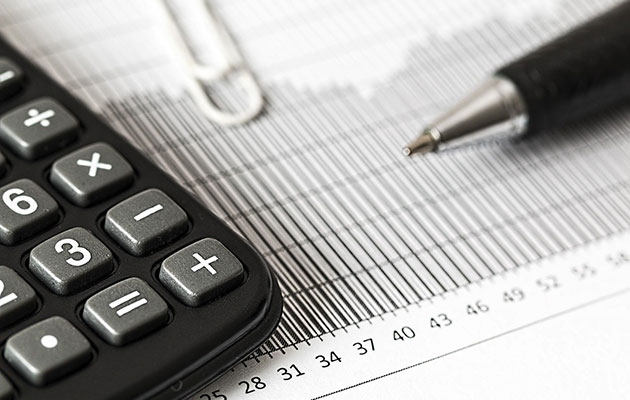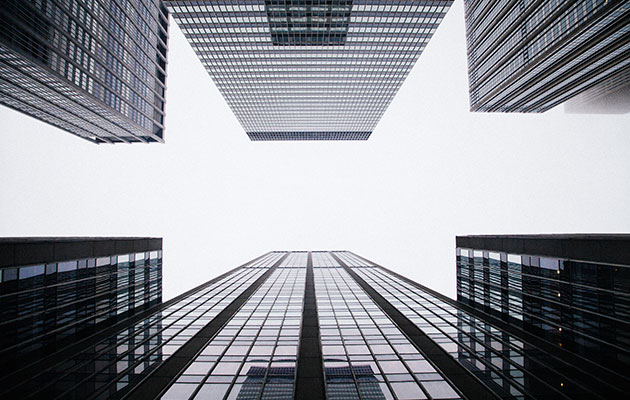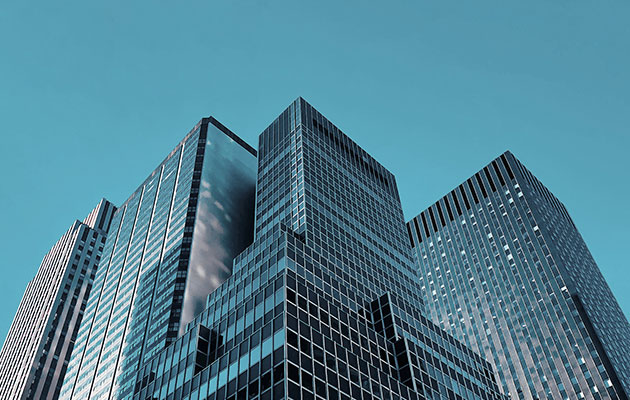-
Articles
Phuket development areas reach new heights (literally)
A notification published by the Ministry of Natural Resources and Environment on 13 December 2024 (“Notification”) introduces new protected area requirements for construction between 40 and 80 meters above sea level (MSL) and opens up construction between 80 and 140 MSL.
Phuket is a long-favored destination for discerning travelers seeking out luxury villas in tropical settings with commanding sea views, however up until recently, Phuket’s planning laws prohibited construction on land higher than 80 meters – land which offers some of the most impressive vistas. The Notification now permits construction on land above 80 meters up to 140 meters, however the restrictions are likely to limit construction to private residences and small businesses – hotels and resorts are unlikely to benefit from the Notification.
The 2017 protected area designation regulations (“2017 Regulations”) for Phuket (now superseded) prohibited construction on land higher than 80 MSL except for limited cases involving national security and utilities, and imposed restrictions on the construction of buildings on land between 40 and 80 MSL.
Open Space, sustainable green coverage requirements
The Notification imposes height and size restrictions on buildings constructed on land between 80 and 140 MSL and introduces new requirements for sustainable green coverage areas which are more stringent than previously applied to land between 40 and 80 MSL:
- Open Space Requirement (OSR): A specified percentage of the land on which the building is constructed must be left as open space (without buildings).
- Biotope Area Factor Ratio (BAF): A specified percentage of the open space required by building control or town planning regulations, that must be permeable to water and requires planting.
- Green Coverage Ratio (GCR). A specified percentage of the open space required by the OSR or the BAF must be planted with sustainable green plants.
|
Land height |
Maximum building height |
Maximum building footprint |
OSR |
BAF |
GCR |
|---|---|---|---|---|---|
|
40 to 80 MSL |
8 meters |
N/A |
- |
50% |
50% of the BAF |
|
80 to 140 MSL |
6 meters |
90 square meters (sqm) |
70% |
- |
50% of the OSR |
Landowners above 40 MSL will no longer have unfettered discretion in determining how to treat the OSR portion of the land if they build a house – the use of sustainable plant varieties is now mandatory when building on land between 40 and 140 MSL. According to the Action Plan for Sustainable Urban Community Green Space Management, 2007 (“Action Plan”) pursuant to the annotated manual for the Notification, the required plant varieties must predominantly consist of perennial trees. According to the Action Plan, a perennial tree is defined as a long-lived tree that, once fully grown, has a canopy exceeding 5 square meters in width, a height of over 5 meters, and a trunk diameter of at least 50 centimeters.
As an example, the smallest piece of land on which a house with a 90 sqm footprint could be built above 80 MSL is 300 sqm: 210 sqm would need to be open space, and of that 210 sqm, 105 sqm would need to be designated as GCR area.
Above 80 MSL
Construction on land between 80 and 140 MSL is only permissible if the land was owned or legally possessed by a private individual before the 2017 Regulations came into effect (16 December 2017).
The importance of due diligence cannot be overstated when acquiring land above 80 MSL for construction.
Between 40 and 80 MSL – introduced BAF
The Notification does not place an absolute limit on the footprint of buildings that can be constructed on land between 40 and 80 MSL, however the new BAF requirement of 50% will impact new developments and could impact houses designed to accommodate the 2017 Regulations if those houses have not yet been built.
The result of the Notification is likely to promote development in new areas while at the same time reducing building density and preserving sustainable landscaping.










Chris has been based in Thailand since 2001 and has more than two decades of experience working alongside Thai lawyers on cross-border M&A and regulatory matters, providing international-level solutions to companies entering the Thai market. His clients include global companies investing or acquiring assets in Thailand and Thai companies engaging in cross-border transactions. He advises international and Thai companies on the development, sale, and acquisition of renewable energy projects in Thailand and across Asia.
His M&A practice has included private M&A, advising institutional and activist investors on SEC/SET reporting requirements and acquisition thresholds, and strategic shareholders on synergistic de-layering of listed group structures. His sector expertise for M&A includes manufacturing, TMT, logistics, renewable energy projects, and the service sector for both buy-side and sell-side, share and asset sale transaction structures. He has advised overseas law firms on the acquisition of Thai law firms.
With a focus on renewables (including transition), Chris’ energy practice has more than 1 GW’s experience in onshore wind, solar (PV, thermal, ground mount utility scale, and C&I rooftop), and waste-to-energy projects. His experience has a broad reach, from due diligence of early-stage projects, advising on EPC/O&M, corporate PPAs, equity funding, and project finance, to pre- and post-commissioning exits and acquisitions.